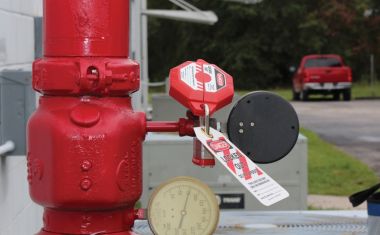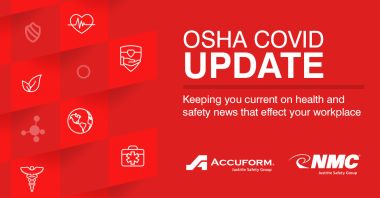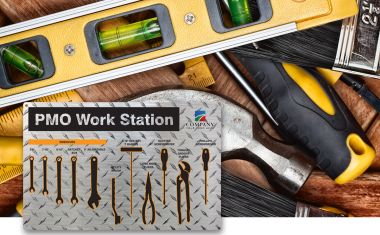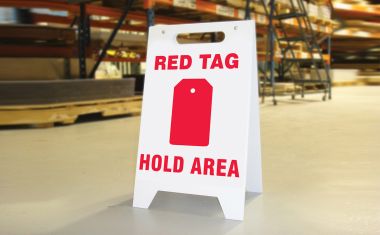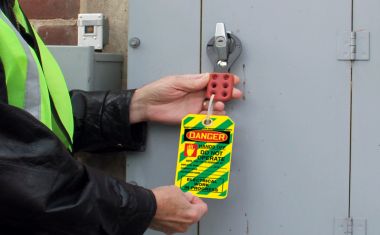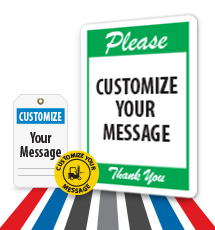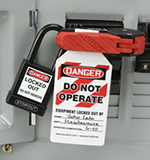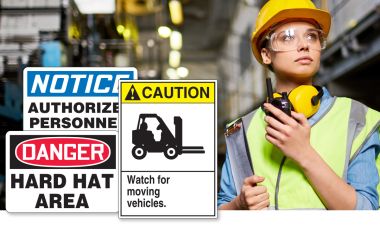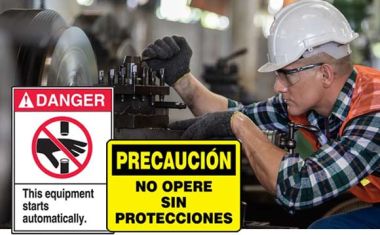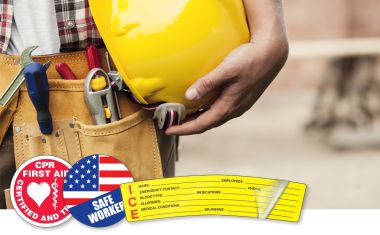New OSHA Worker Safety Guidance for COVID-19

OSHA issued stronger worker safety guidance to encourage employers to implement a coronavirus prevention. Learn all about it here.
In January 2021, OSHA issued stronger worker safety guidance, encouraging employers to implement a coronavirus prevention program and better identify risks that lead to exposure and contraction. The new guidelines, “Protecting Workers: Guidance on Mitigating and Preventing the Spread of COVID-19 in the Workplace,” are just that—guidelines. Employers aren’t legally obligated to follow them, but mandatory standards may be on the way. So it’s best to implement changes to stay ahead of the curve.
Following these guidelines will not only keep your employees safe—and working—but it will set your business up for success should OSHA issue mandatory regulations in the coming months. Here’s what’s included in the guidelines so businesses can comply with them.
Developing a coronavirus prevention program
The primary recommendation in the new guidelines is to create a coronavirus prevention program. Your prevention program should communicate new policies and practices that employees need to follow to reduce the spread of COVID-19 and outline protections for workers. According to OSHA, your prevention program should have these five essential elements.
1. A hazard assessment
The first step recommended by OSHA is to conduct a COVID-19 hazard assessment to determine when, where, and how workers are exposed to COVID-19 in the workplace. This should include looking at all tasks performed by employees, how members of the public could enter the facility, interacting with employees, and what the current outbreak seems like in your community.
2. Practices that control the spread of the virus
Your prevention program should also identify control measures you’re taking to limit the spread of the virus. Fortunately, standard control measures have remained relatively consistent since the pandemic first began, so this step should be easy. From there, make sure you have signage for your workplace that reminds employees to wear a face mask, maintain a distance of six feet, wash their hands, and take extra precautions to prevent the spread of COVID
3. A new absence policy
Because the virus is highly contagious, infected workers and even those who think they were exposed to the virus need to remain at home until they have met the CDC’s return-to-work criteria. However, if employees aren’t allowed sick days or are worried about having enough to make it through the year, they may try to discreetly come to work after being exposed to the virus not to lose a day’s wages. HR departments need to adopt a policy that encourages workers to stay home if infected and doesn’t punish workers if they miss work due to the virus.
4. Clear communication for all workers
The new OSHA guidelines also encourage companies to ensure coronavirus policies and procedures are effectively communicated to both English- and non-English-speaking workers. If you have Spanish-speaking employees, be sure you have safety signage with Spanish text, including a face mask, social distancing, and hand washing signs. It’s also a good idea to invest in clear face shields if you have employees who are hard of hearing and rely on reading lips to communicate with their co-workers.
5. Retaliation protections
One of the most significant changes addressed in the new OSHA guidelines is that it encourages companies to involve employees in developing their COVID-19 prevention programs. To do that, employees need to feel safe vocalizing their concerns. OSHA suggests implementing protections from retaliation for workers who raise coronavirus-related concerns. It’s recommended that companies create a process for workers to voice concerns about COVID-19-related hazards anonymously.
To keep your employees safe, healthy, and working—and to ensure you’re following OSHA guidelines—invest in a coronavirus prevention program. Explore AccuformNMC’s entire line of COVID-19 prevention products or create custom COVID-19 safety materials by contacting CustomerService@Accuform.com today.
